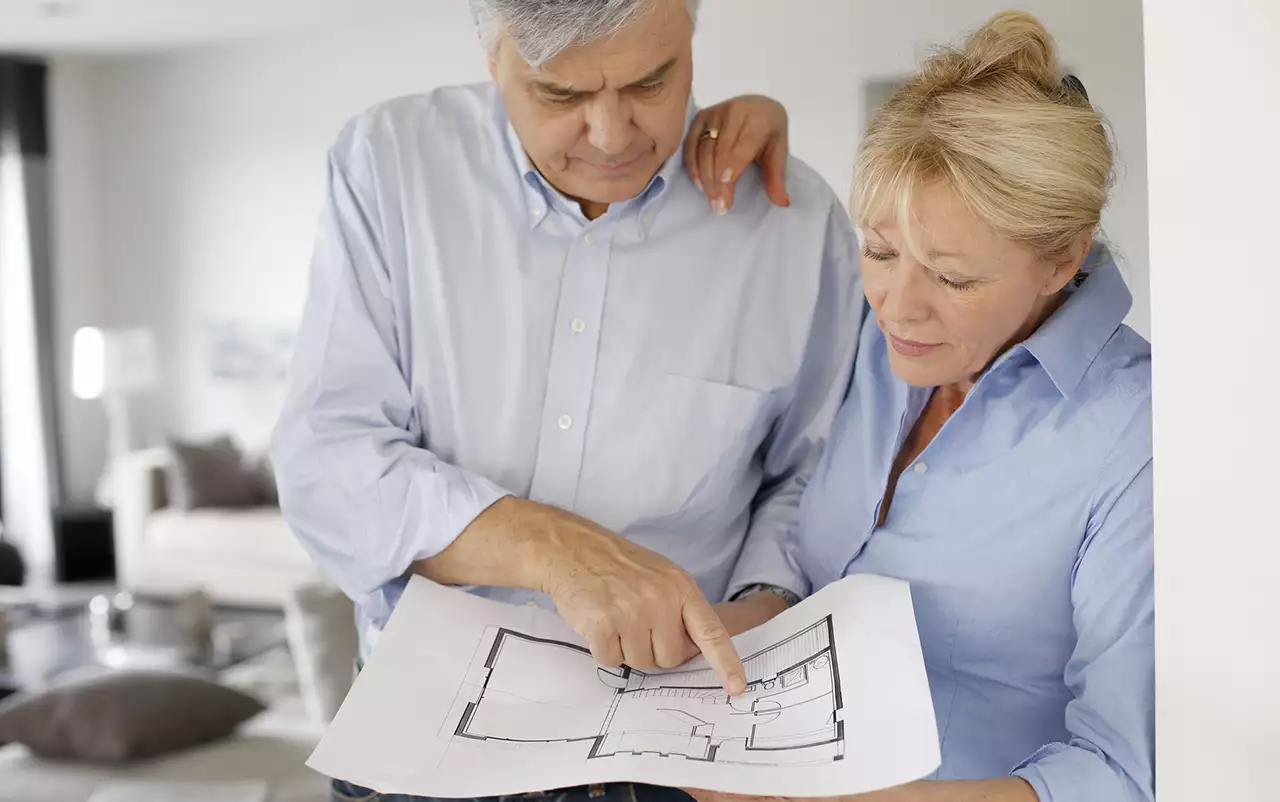Buying your 1st Home is an exciting time. It’s a momentous journey to find your very own private sanctuary and a place to build many future happy memories. However, it’s important to not get caught up in the emotion of the journey and have a clear plan as to how you’re going to approach the whole process.
Not being fully informed and acting on whims can result in making some common mistakes that may leave you not only with a property you’re ultimately not happy with, but also with potential exposure to greater financial risks.
Here at Vogue Homes we are a family owned business who has been in the industry for more than 38 years. We’ve seen many of our clients undertake this journey and try to navigate the 1st home buyers labyrinth.
To help guide any prospective buyers and make the process just that little bit easier, we’ve compiled a list of some of the common 1st Home buyer mistakes, and provided some tips on how to avoid them.
Not Saving Enough for a Deposit
With today’s competitive Australian housing market, buying a home is proving to be an increasingly expensive endeavour. Most lenders require a minimum 5% deposit of the property value along with a proven track record of a regular savings history. Failure to meet these conditions can result in 1st Home buyers simply not being able to enter the market, or being exposed to higher interest rates along with additional costs such as mortgage insurance.
While it would be ideal to have such a deposit available, this may not be a reality for many 1st Home buyers. In scenarios such as this, it’s possible to seek assistance from any available support network. Parents could be able to gift part of the deposit amount or act as a guarantor of the home loan. These actions can enable 1st Home buyers to enter the market at a price point they’re after and avoid the incurrence of additional costs.
Not Getting Pre-approved for a Mortgage
Being swept up in the exciting home buying process, some first time buyers start to view homes before getting pre-approval for a mortgage. While this may seem like a good idea to get a head start on the housing market, it’s actually a hindrance as prospective buyers could be looking at homes that they actually can’t afford, and this also puts them at a position of disadvantage compared to other buyers who are financially approved and ready to make a concrete offer.
Additionally, having pre-approval can make the whole KDR process easier, by allowing any prospective builder to prepare and offer an appropriate 1st Home solution that fits within a client’s budget.
Before embarking on your buying journey, it’s an absolute must that you first get your pre-approval sorted. This will enable you to determine your exact borrowing capacity and what homes are available at your affordable price point. With this approval, should the right opportunity arise, you’ll be confident that you have the financial backing to move ahead with the right building project.
Not Considering All Costs Associated With Homeownership
1st Home owners can have the common misconception that owning a home is principally about meeting mortgage payments. They thus plan their initial budget on this, leaving minimal room to meet any other potential financial obligations. However, there are a multitude of ongoing costs and market volatility that needs to be factored into in order to have a sound financial plan going forward.
Common examples of associated costs include ongoing utilities (i.e. electricity, water), council rates, contents and building insurance, furniture and other items, and general maintenance.
In this vein, it’s also important to factor in any market volatility that could have potential adverse consequences such as rises in interest rates (particularly in the early years) that can occur throughout the term of the loan.
To be in a sound financial state, it’s recommended to compose a thorough budget and plan any future expenses. Classify any potential expenses into one-offs, or regular monthly charges and factor in any future larger capital outlays you intend to undertake like renovations. To be safe, you should also include a buffer to safeguard for potential rises in interest rates. By doing this, you’ll be able to more clearly assess the breadth and scope of all the other associated costs involved and see exactly what you can afford.
Underestimating the Amount of Time and Effort Required To Maintain a Home
When initially looking at a property, it can be easy for 1st time home buyers to not fully consider exactly the amount of time and effort that is required to maintain a home. Particularly with the increasing popularity of home renovation shows, it can seem attractive and easy to purchase an older home, and then undertake renovations, without fully considering all the significant additional resources required to bring the home into a presentable state.
In order to avoid such traps, it’s important to clearly assess all the costs associated with the long term upkeep of a home. This not only includes general repairs and maintenance, but if purchasing an older home with plans for renovations, a full assessment of all the costs involved (such as the potential costs of removing asbestos), can actually result in the cost of renovations far exceeding the initially higher price of a new home.
Buying a new home still comes with the requirement for ongoing maintenance, but at least it will significantly reduce the risk of requiring resources to fix any existing underlying structural building problems.
Not Researching the Neighbourhood You’re Interested In
Being a first home buyer, it can be very easy to fall in love with a home, becoming mainly focused on any appealing cosmetics, without fully assessing the surrounding neighbourhood. Falling into this trap can result in ending up with a nice home, but in a neighbourhood that you don’t end up liking.
In order to avoid this situation, it’s recommended to take the necessary time to assess the infrastructure present in the neighbourhood. You can make a list and see how the area stacks up against any factors that are important to your needs. Key factors that can make a neighbourhood appealing include:
- Commute time to and from work.
- Presence of quality schools.
- Proximity of shops and other amenities important to you.
- Traffic flow in the area.
- Number of parks and other green spaces.
- General upkeep and ambience of the area.
- Demographics of the area.
- Safety (crime statistics are a good source).
Not Considering Future Needs
When looking for a new home it’s important to consider whether it’s going to meet not only your current but also any potential future needs. As such, a home that ticks all the right boxes for your current lifestyle might not adequately meet your needs 5 to 10 years down the track.
The best way to future-proof your home is to have a balanced long-term plan, that addresses your future goals. If you envision having a growing family, make sure the home you select has the adequate space and/or flexibility for any additions and layout changes down the track. Before making any decisions you can speak to a reputable builder who can advise you as to the practicality of floor additions or any other expansions to your home.
Buying your first home is a momentous occasion. While it can be exciting and you’re bound to find a property that you’ll just fall in love with, it’s important to not get swept up in the emotion of the process and make some common mistakes that will leave you in a position you want to avoid.
Before you even start looking at properties, get a proper assessment of your current financial position involving how much funds you have available for a deposit and getting pre-approval for a mortgage. You should then compose a thorough budget of all ongoing costs associated with homeownership, factoring in any resources needed for regular maintenance and any required renovations. This will help you determine exactly how much you can afford and what properties are available at your price point in the market.
When searching, remember to also research aspects of the neighbourhood you’re interested in, and factor in any future lifestyle and growing family needs that your home will need to cater for.
We hope this information will prove useful and be a good touchpoint along your buying journey.
Should you have any further questions regarding purchasing a home and how it relates to you as a first time buyer don’t hesitate to contact us here at Vogue Homes. We have a range of quality building designs at various price points available, and we’ll take the time and effort to help you find a home that will not only meet your current needs but also any future plans that you may have.
For any of your building needs, why not contact us today.




